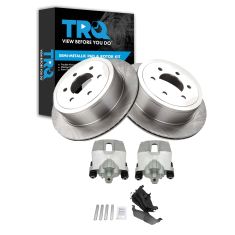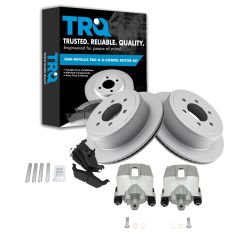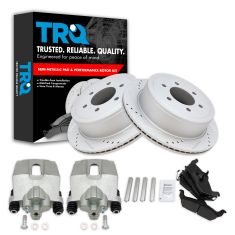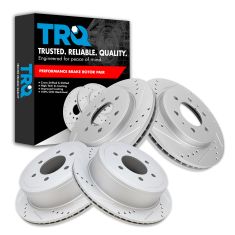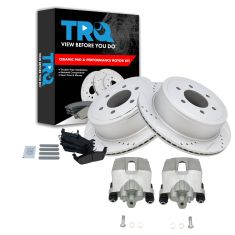1APBS00095-Ford F150 Lincoln Mark LT Rear Semi-Metallic Performance Brake Pad & Rotor Kit TRQ Performance BKA12115
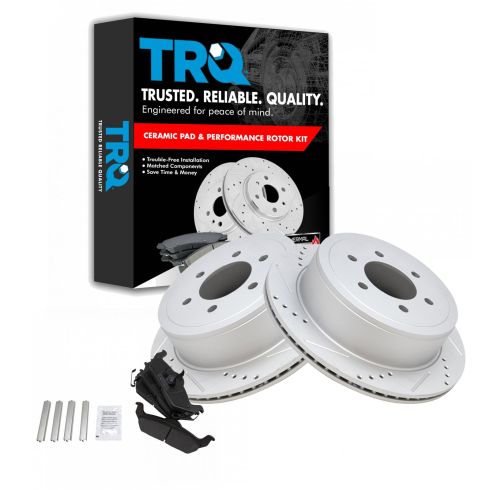
Replaces
2009 Ford F150 Truck with 6 Lug Wheels Rear Semi-Metallic Performance Brake Pad & Rotor Kit TRQ Performance BKA12115

Product Reviews
Loading reviews
4.67/ 5.0
3
3 reviews
This place is great..
March 27, 2020
Everything fit perfectly and is working great...
Easy to instal
April 12, 2020
Have had vibration in my truck for years, front brake change no help. Changed rear pads and rotors, problem solved.
Best brake parts!
July 14, 2023
The brake parts were extremely high quality and easy to install per the awesome YouTube instruction video.
Customer Q&A
No questions have been asked about this item.
Ford is a registered trademark of Ford Motor Company. 1A Auto is not affiliated with or sponsored by Ford or Ford Motor Company.
See all trademarks.











